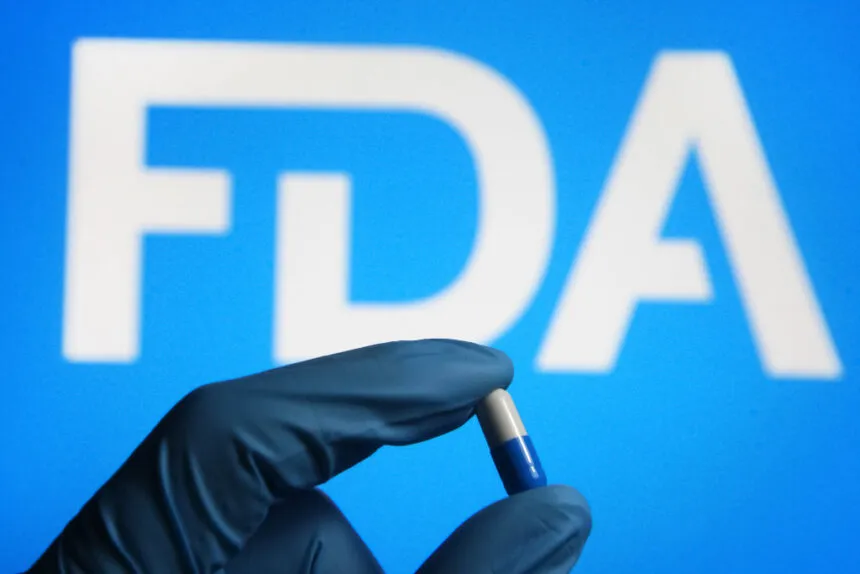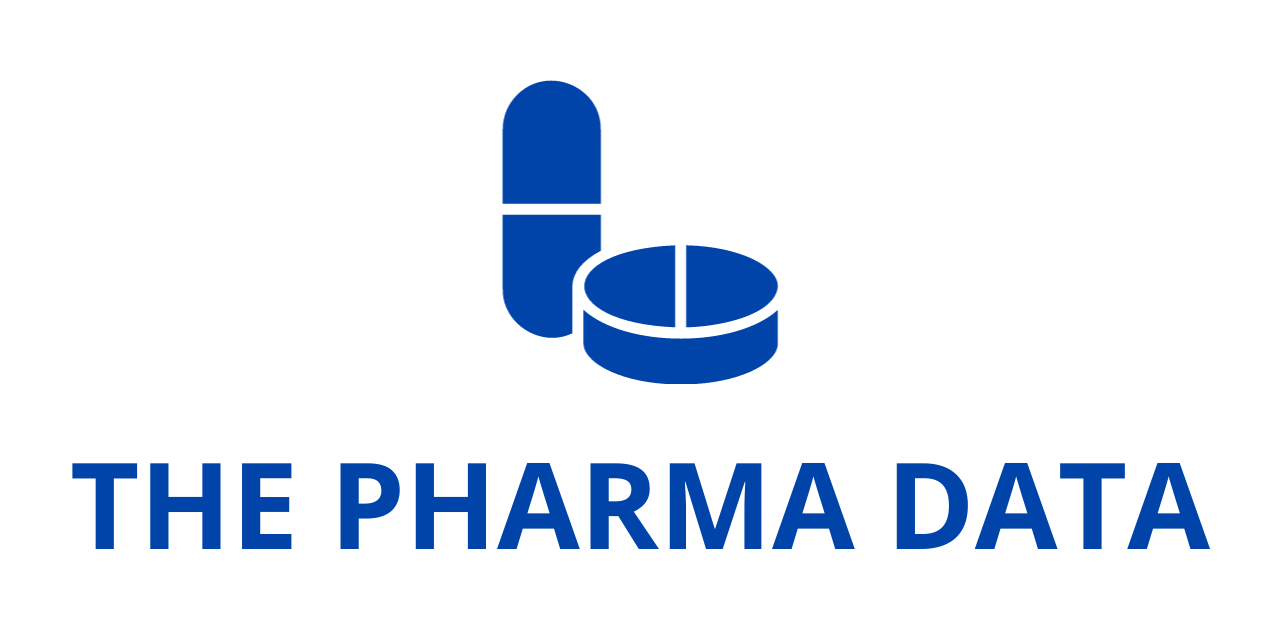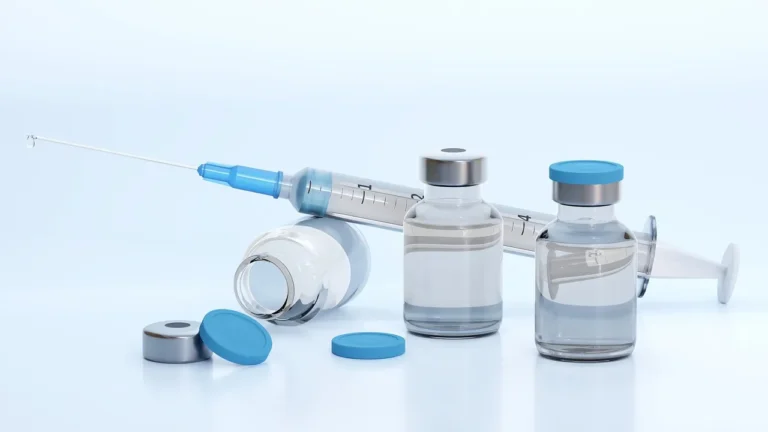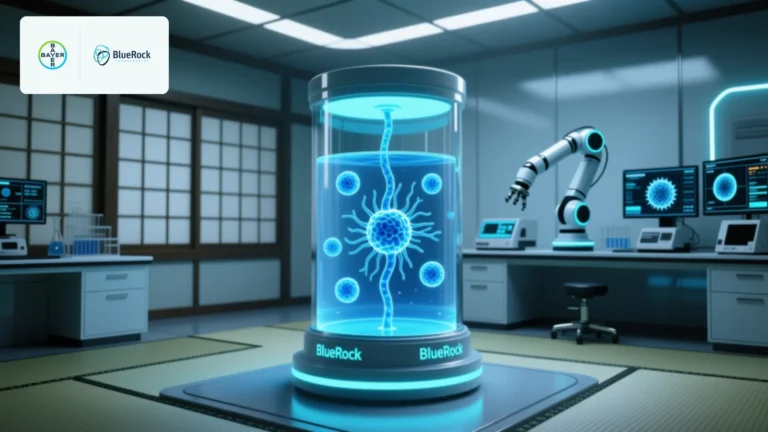
Critics Warn Plan May Hinder Innovation and Patient Access
The FDA’s proposed Rare Disease Evidence Principles review process is a starting point for getting rare disease therapies across the finish line, but industry leaders say there are more concrete steps the regulator could take to help patients.
In 2025, the rare disease space has been buzzing with activity in all directions. Though FDA commissioner Marty Makary has spoken multiple times about expediting rare disease therapies, the agency has sent several applications back to the drawing board. In July, Capricor and Ultragenyx both got surprise rejections for their rare disease therapies. In early September, the FDA rejected Saol Therapeutics’ treatment for the ultra-rare disease pyruvate dehydrogenase complex deficiency. Meanwhile, August saw four first approvals for rare diseases.
Into that anxious space, the FDA has introduced new guidance. Earlier this month, the agency’s Center for Drug Evaluation and Research (CDER) and Center for Biologics Evaluation and Research (CBER) jointly proposed a new process to get therapies for ultra-rare diseases approved faster and more efficiently.
That process, the Rare Disease Evidence Principles (RDEP), would exist alongside normal FDA review procedures but allow additional supportive data to be considered for specific sponsors developing treatments for rare diseases affecting fewer than 1,000 people in the U.S., whose drug directly treats a known genetic driver of disease and for which there is no adequate treatment.
Reactions to the new process were mixed from the start. From a practical standpoint, it wasn’t clear which companies could even apply to have their drugs reviewed through the RDEP, since the 1,000-patient cutoff limits therapies to the rarest of the rare.
“What company even has a drug going after diseases with 1,000 patients?” is the feedback Andrew Tsai, biopharma analyst and senior vice president at Jefferies, has been hearing from investors. It often doesn’t make financial sense for companies to even pursue diseases with such a limited patient pool, Tsai told BioSpace.
It’s not unheard of. Stealth BioTherapeutics, for example, won approval on Friday for the first-ever treatment for Barth syndrome—an ultra-rare condition affecting around 150 people in the U.S. But it’s certainly not common, Tsai said.
Even trying to nail down public companies looking at ultra-rare diseases was difficult, Tsai added, stating that most companies working in the space are private.
The fundamental roadblock, he continued, is the feasibility of doing the large-scale Phase I, II and III studies the FDA requires for approval. The new RDEP process doesn’t change the scale of data required; it only suggests that such data could come from a single-arm trial, which is already the case for many new drug applications (NDAs) filed with the FDA, according to Mark Veich, CEO of Advancium Health Network.
“Single arm trials, those exist today, so I don’t know what that means in terms of meaningful change,” Veich told BioSpace.
Another challenge to the FDA’s ability to make meaningful change with a new rare disease process is that the agency’s recent mass layoffs and staff overhauls have drained its knowledge base, setting all reviews back, Veich added.
“There have been significant changes in the rank-and-file management of the FDA,” he said. “Leaders of divisions have left; tenured FDA employees have left because of retirement or because of the administration.”
Getting treatments for rare diseases to market is less a process issue and more a knowledge issue, he added. “There’s a lot of education needed for people [who are] going to backfill those spaces.” Veich said that in the rare disease space, new leaders will need to be brought up to speed on the history of particular projects that may have stalled. “I think a lot of families have been counting on some projects to be approved that are now waiting.”
Until Friday, families affected by Barth syndrome were among them. Last month, 82 Barth syndrome experts sent Makary a petition calling for the approval of Stealth’s elamipretide, which was rejected in May, after a 16.5-month review—and despite the support of an advisory committee. Kate McCurdy, board chair at the Barth Syndrome Foundation, reviewed the petition and shared with BioSpace the last line: “We are asking FDA leadership to take this opportunity to realign review with current FDA statements on ultra-rare indications and immediately reverse course on this decision.”
Stealth filed a resubmission on Aug. 15, which the FDA rapidly accepted with a target review date well ahead of a typical six-month deadline. That decision came last Friday, a week early and in Stealth’s favor.





